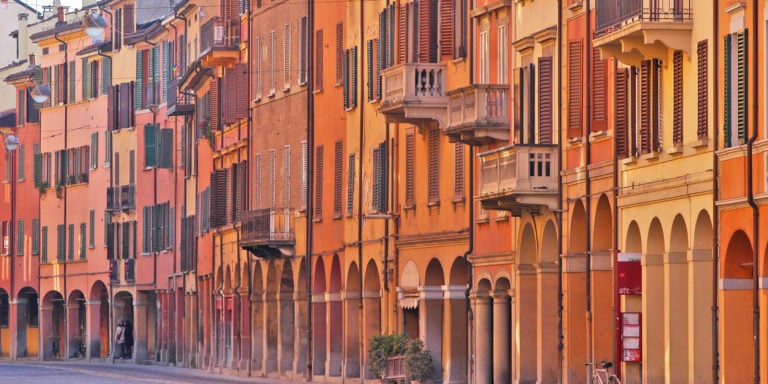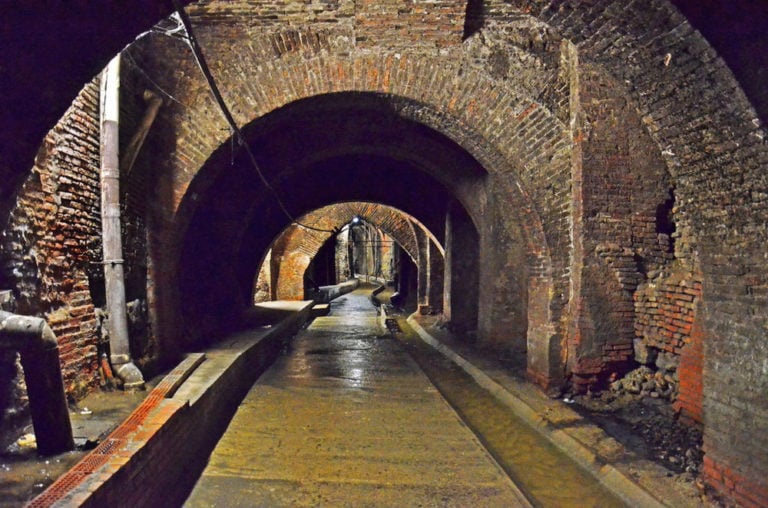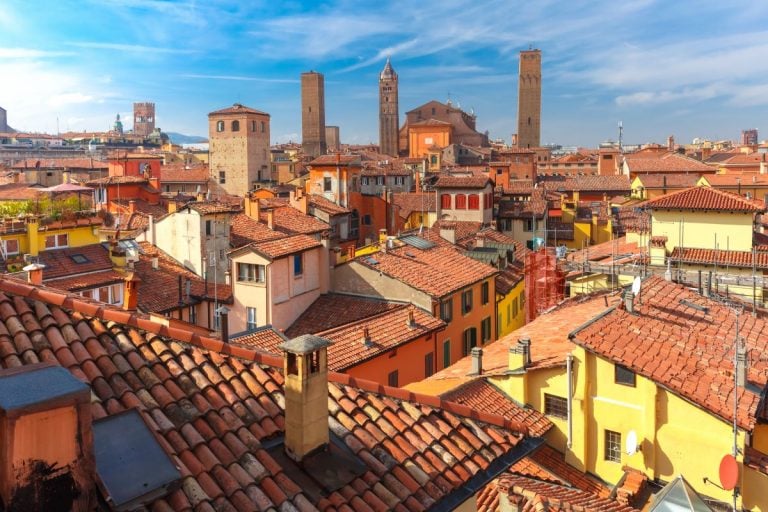This very trip is within Bologna. And it is a journey through time, thanks to the Cineteca di Bologna Archive’s photographs and the archaeologic area in the Biblioteca Salaborsa.
The Bologna fotografata exhibition at the Biblioteca Salaborsa tells the city of yore thanks to Cineteca’s rich photographic collection. Indeed, it includes one and a half million photos (twenty thousand already cataloged), in part available online on the bolognafotografata.com portal.
Le bolognesi, Antonio Masotti, primi anni Sessanta ©Cineteca di Bologna
Donne al potere, Enrico Pasquali, fine anni Sessanta ©Cineteca di Bologna
Via Lame 22, marzo 1944 ©Cineteca di Bologna
Photography & Archaeology
In the very heart of historic Bologna, right in front of the Palazzo Re Enzo, you can enter the Biblioteca Salaborsa (in Palazzo d’Accursio) and visit the archaeologic area: more than two millennia of history, from the remains of the civil basilica of the Roman Bononia to the foundations of the medieval houses and the traces of the Orto Botanico (botanical garden) created in the sixteenth century by the naturalist Ulisse Aldrovandi.
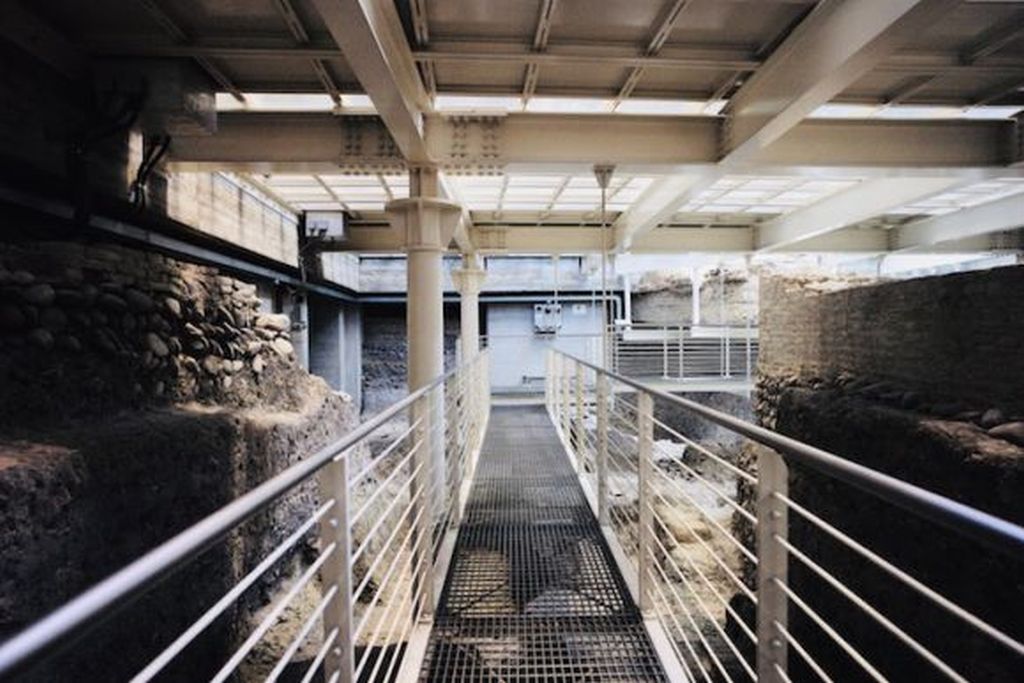
Biblioteca Salaborsa is, therefore, the ideal location for the exhibition Bologna fotografata (open until November 29th) offering a selection of images representing the city’s porticoes, nowadays a UNESCO World Heritage Site. The exhibition is from the Cineteca di Bologna Archive, from the Collezione Giuseppe Savini, Archivi Antonio Masotti and Alberto Legnani.
The show is like a gateway to the vast archive of photos constructed out of the Cineteca di Bologna collections. The photos (cataloged and digitalized) are now available online at the bolognafotografata.com portal.
An impressive archive for all
“Bologna Fotografata is a public archive, that from the Cineteca’s original core, has been enlivened by an on-going work on the memory of the city through photography”, Rosaria Gioia, Responsible for the photographic and graphics archive of the Cineteca.
“The idea – she adds – is sharing a heritage with the city, preserved in the rooms of the Cineteca, and make it available to citizens, scholars and students, enthusiasts and curious”.
The portal offers personalized and creative searches, too. Like a journey into the past, you can move among the streets and the people of old Bologna.
“You can enter the “photographed city” according to usual classification, with a historical and contextual description of the subject. It is an open database, which also allows searches by place or by time. But there are more possibilities, such as following a Photographic Alphabet, according to iconographic themes ranging from the A of Animals to the Z of Zdore (passing through Art, Characters, Theater ….), or a Sentimental Alphabet for a different and engaging reading of the images”, Rosaria Gioia says.
A photographic archive (by its nature suited to conservation) can be of great interest even in an epoch like ours, in which images are created and vanish at a speed never experienced in the past.
“Archives protect a heritage that belongs to everyone and that, thanks to its skills, is preserved and enhanced, making it available to everybody. In addition to images on architecture and urban planning, the Cineteca archive contains photographs telling the evolution of the Bolognese society over the years. Greater attention is now paid to photography, perhaps associated with its current use, no longer meant as merely something documenting something else. It has become a form of communication, a language of the present. And today, more than in the past, photography is used to communicate”, Rosaria Gioia explains.
The exhibition, curated by Gian Luca Farinelli in collaboration with Rosaria Gioia and Giuseppe Savini, and the bolognafotografata.com web portal are realized thanks to the contribution of Comune di Bologna and Regione Emilia-Romagna and supported by Direzione Generale Creatività Contemporanea – Ministero della Cultura within Strategia Fotografia 2020.
Author
You may also like
Photo Valley: the places of photography in Emilia-Romagna
by Paola Sammartano /// July 27, 2021
FOTO/INDUSTRIA 2021 in Bologna: focus is on FOOD
by Paola Sammartano /// October 14, 2021

Interested in our newsletter?
Every first of the month, an email (in Italian) with selected contents and upcoming events.
[Emilia Romagna Art Cities] Bologna in 3 minutes
by Elisa Mazzini /// January 18, 2018
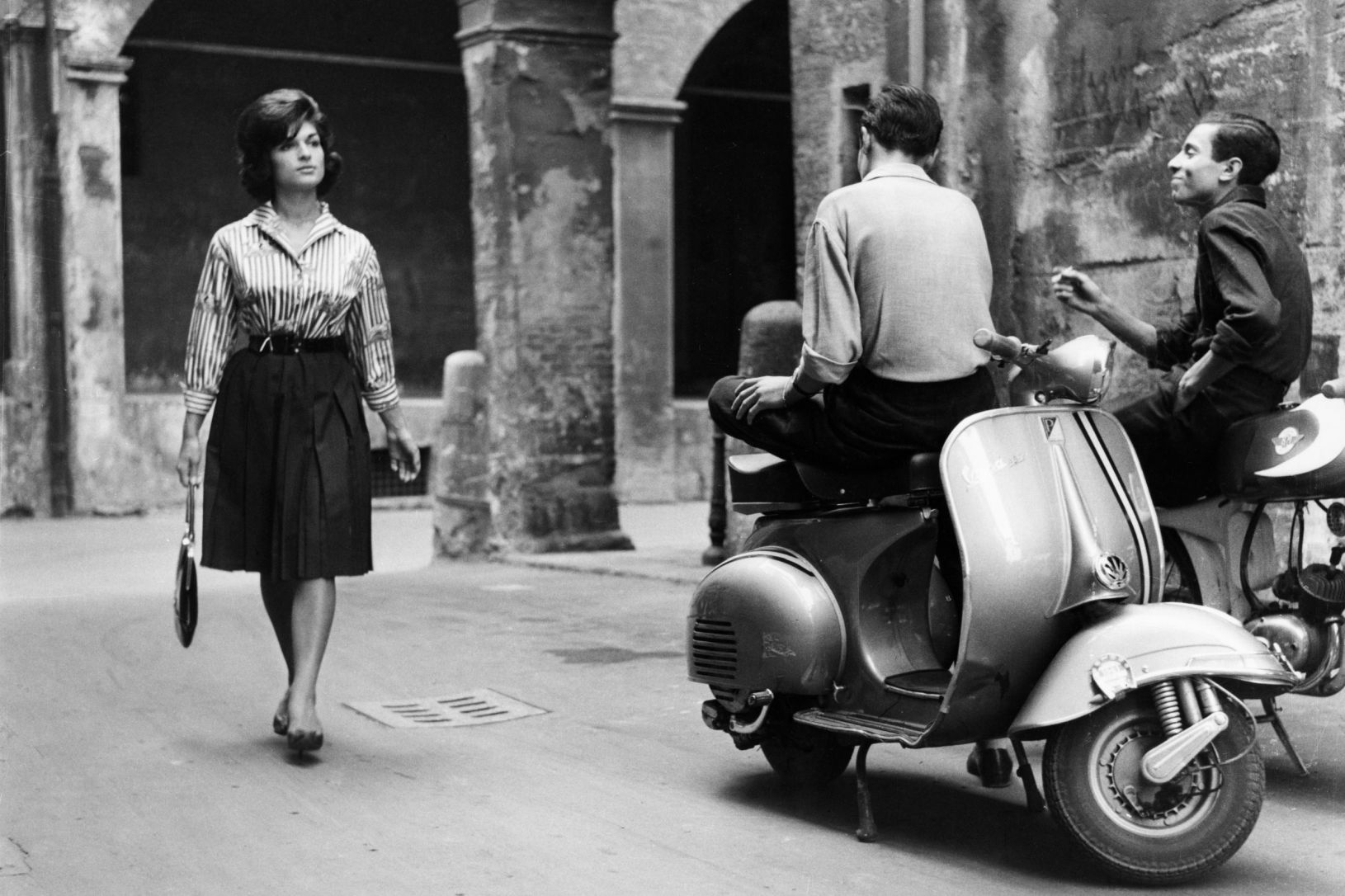
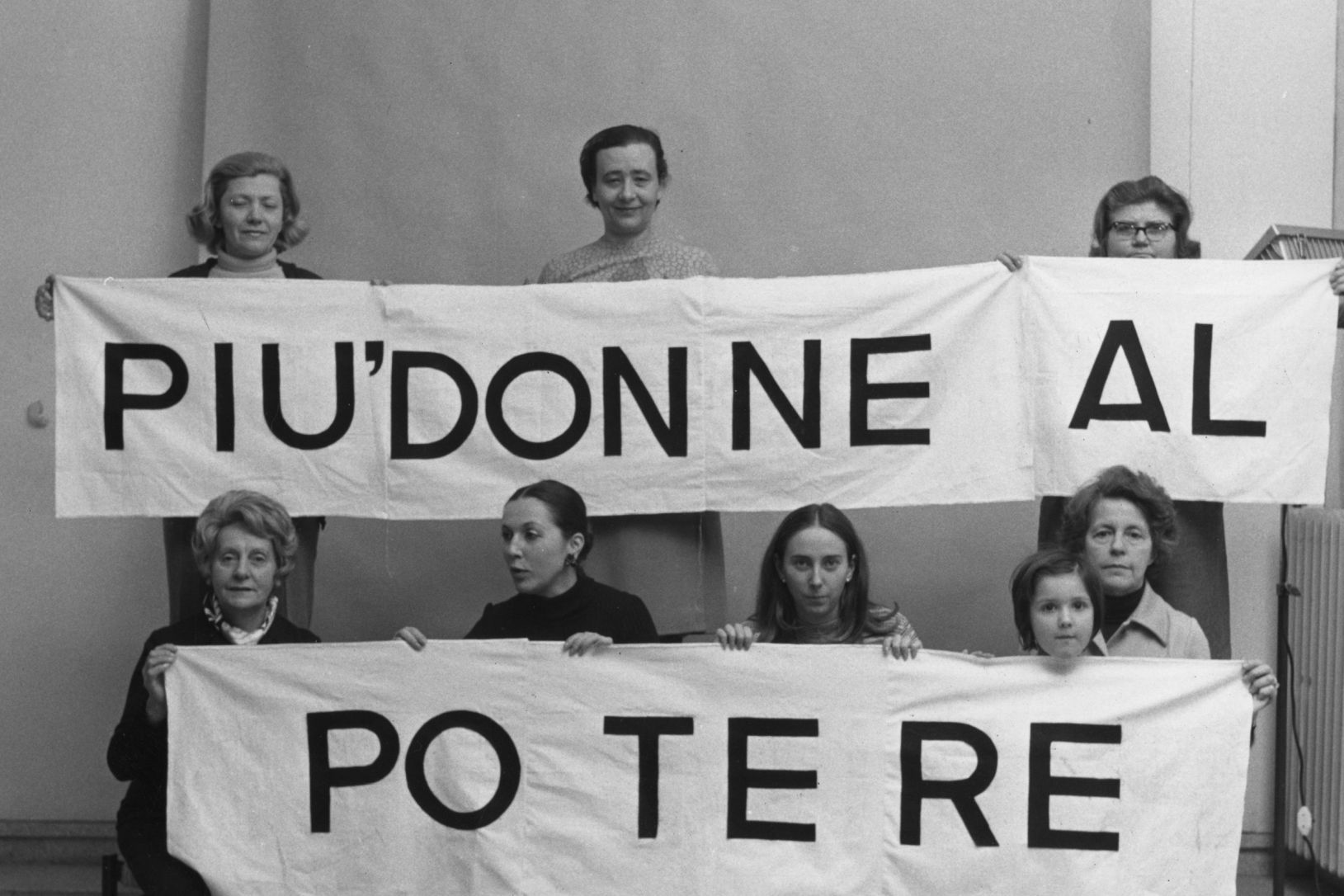
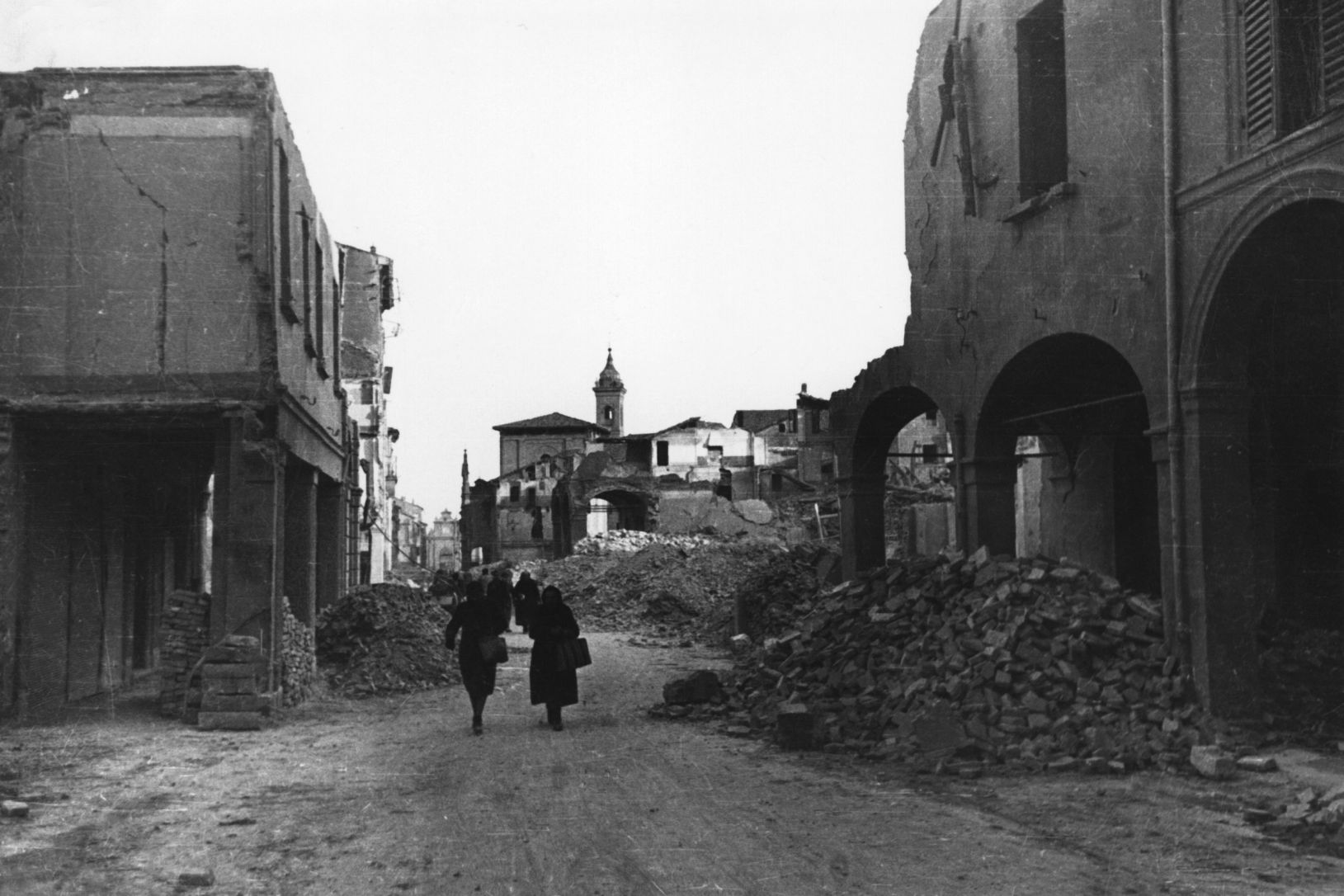
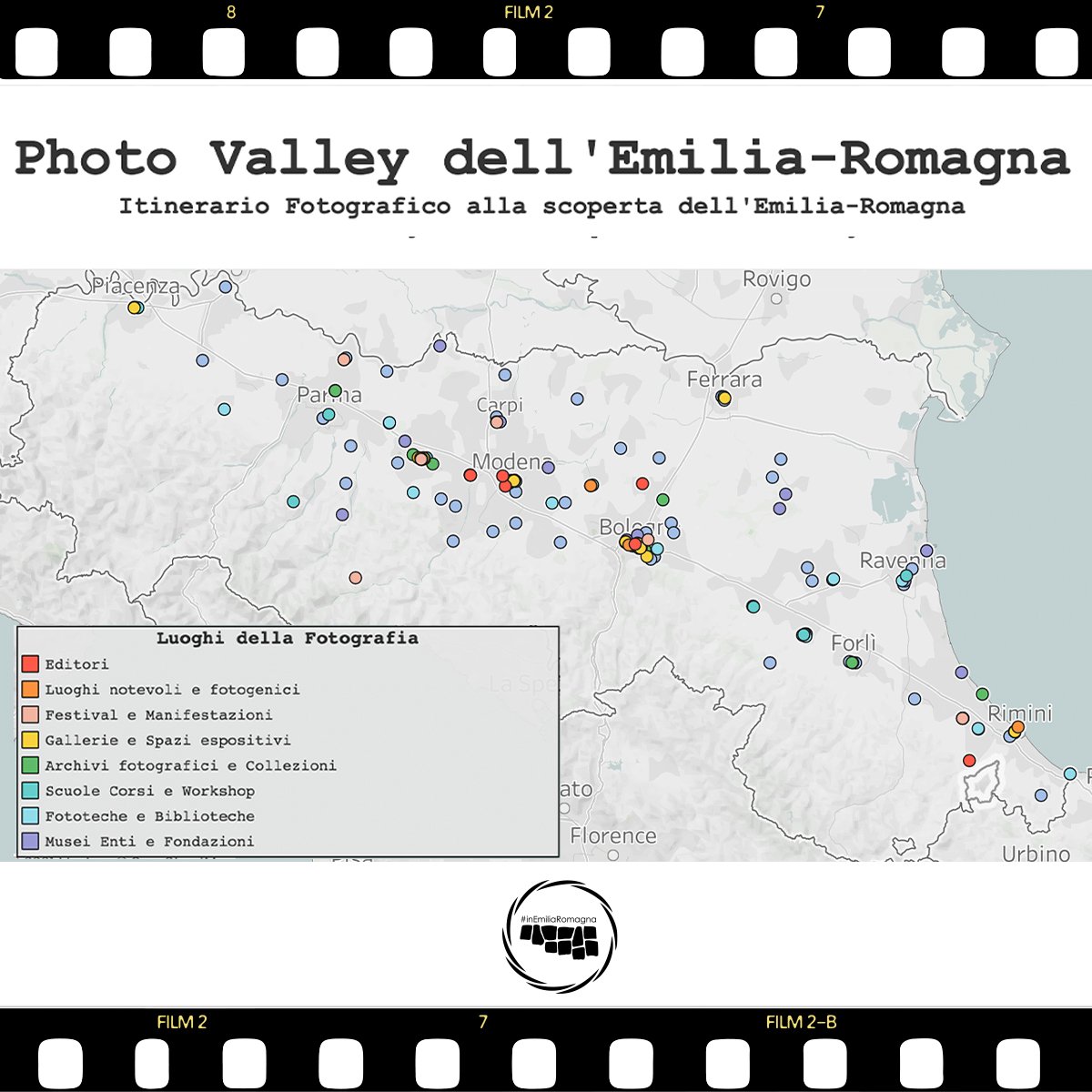
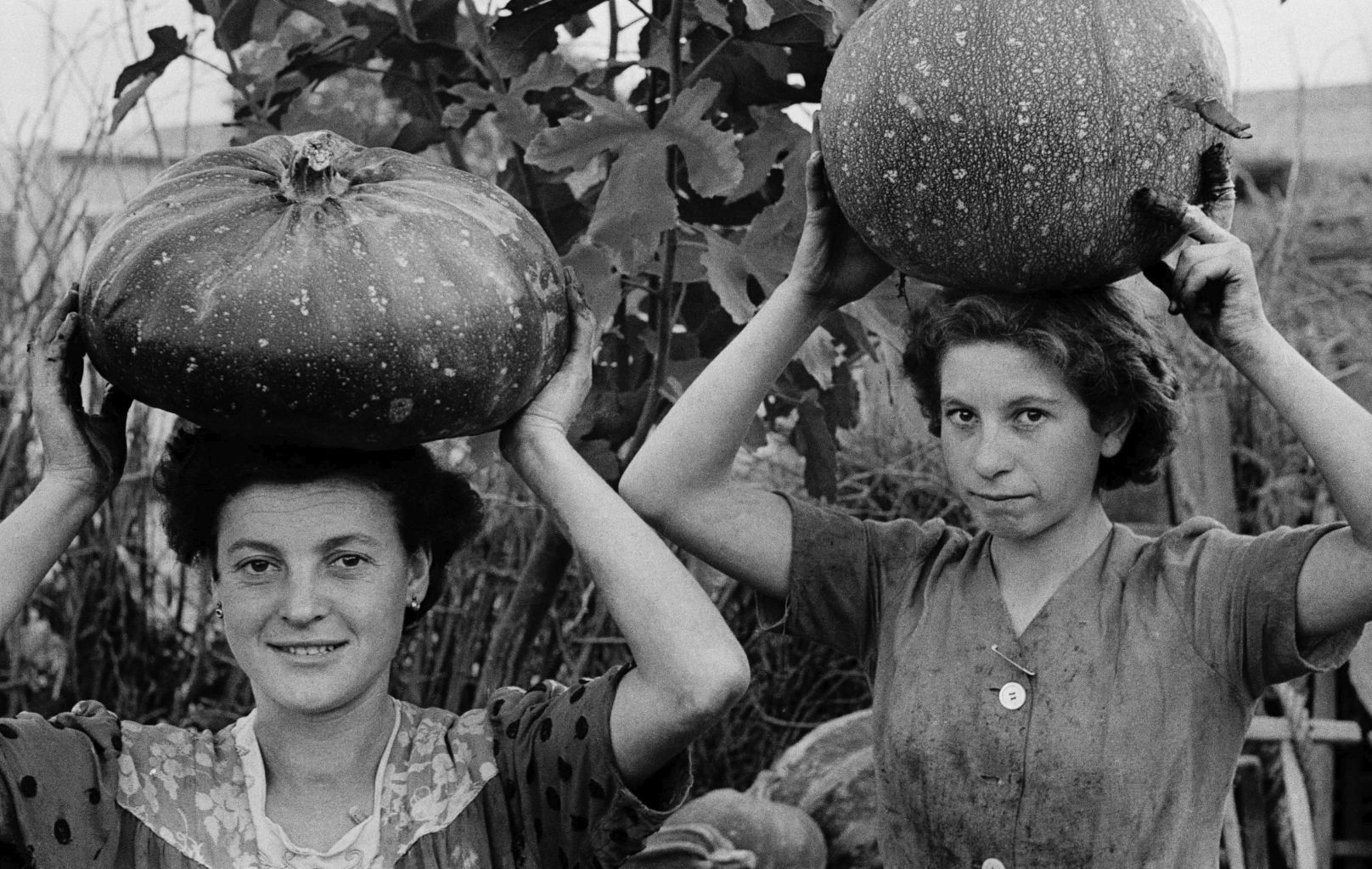
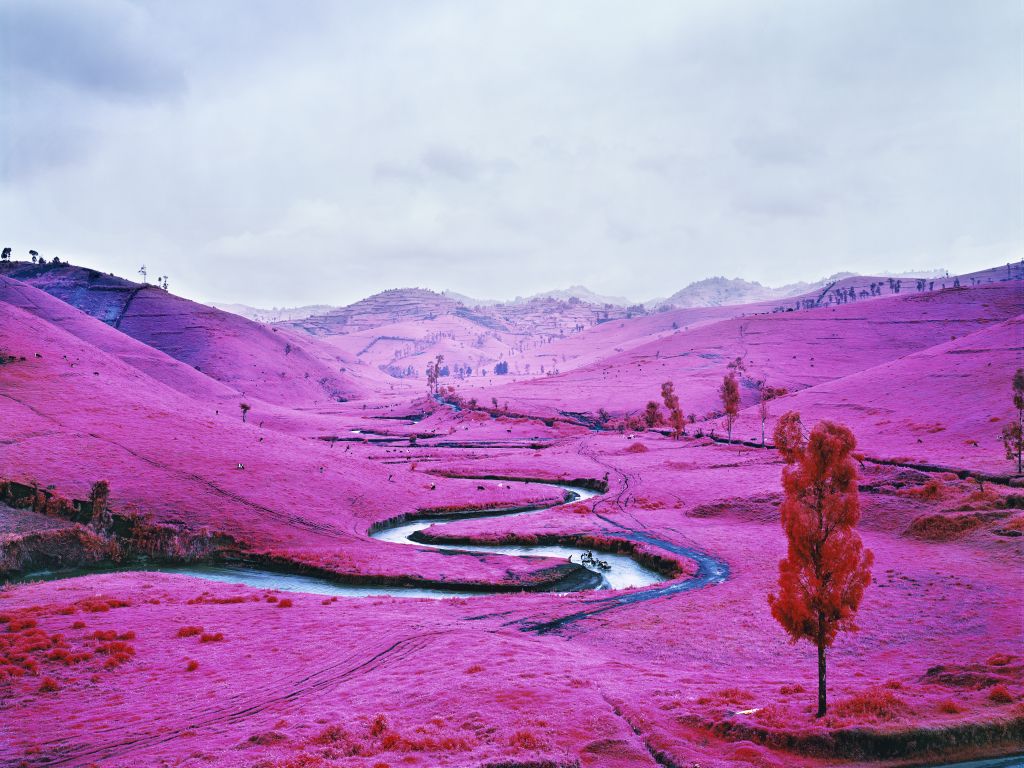
![[Emilia Romagna Art Cities] Bologna in 3 minutes](https://www.travelemiliaromagna.it/wp-content/uploads/2021/06/bo2016bolognabasilica_san_petroniow13574g1g4break-768x512.jpg)
